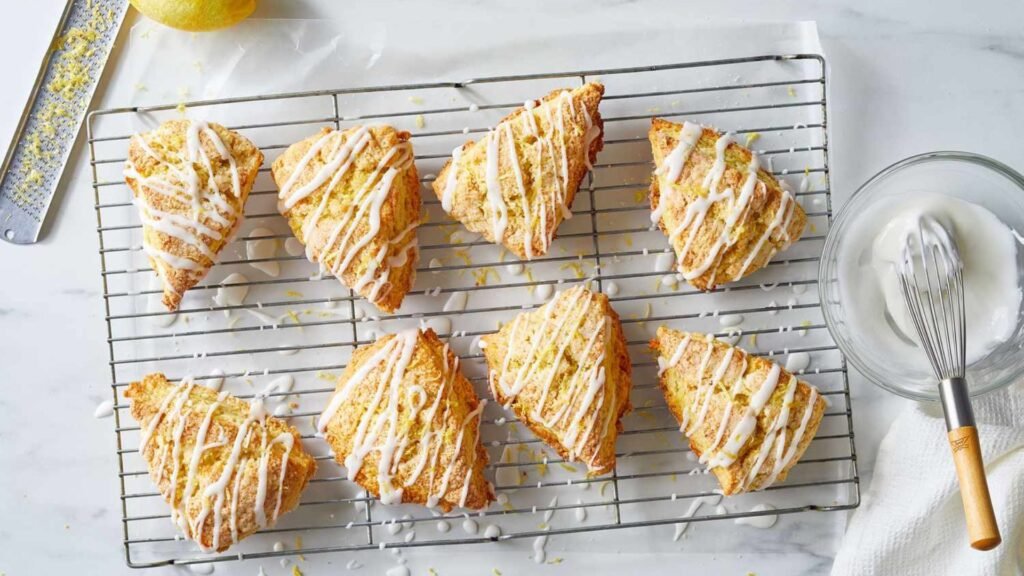Baking is both an art and a science, and there’s something incredibly rewarding about creating your own recipes. Whether you’re looking to develop a signature dessert, customize a family favorite, or experiment with new flavors, creating your own baking recipes is a fun and creative endeavor. The key to successful recipe creation lies in understanding how ingredients work together and being able to balance flavors, textures, and techniques. In this guide, we’ll walk you through the process of creating your own baking recipes from scratch, offering tips on ingredient choices, measurements, and troubleshooting common baking issues.

Understand the Basics of Baking Chemistry
Baking is a delicate process, and understanding the role of key ingredients is essential when creating your own recipes. Each ingredient serves a specific purpose, and how they interact with one another affects the outcome of your baked goods. Here’s a quick overview of the main ingredients in baking:
Flour
Flour provides structure to baked goods by forming gluten, which gives texture and elasticity. Different types of flour (all-purpose, cake flour, whole wheat, etc.) will affect the texture and density of your baked goods.
- Tip: Experiment with different types of flour for varied textures (e.g., whole wheat for a denser texture, or cake flour for a lighter, fluffier result).
Sugar
Sugar sweetens, browns, and helps to retain moisture in your baked goods. It also contributes to the texture and helps with the browning process, creating that golden, caramelized exterior.
- Tip: You can experiment with different sugars (granulated, brown sugar, honey, maple syrup) for varying levels of sweetness and flavor.
Fat (Butter, Oil, etc.)
Fat helps to create a tender crumb, adds flavor, and helps with browning. Butter, oil, and other fats each bring their unique qualities to the final product. Butter, for example, contributes to flavor and a flaky texture, while oil can make baked goods moist and soft.
- Tip: The type of fat you use can drastically affect the texture of your baked goods. For example, butter will give a more flavorful result, while oil tends to make cakes more moist.
Start with a Base Recipe
If you’re new to recipe creation, it’s often easiest to start by modifying an existing recipe. This allows you to understand how ingredients come together and lets you experiment within a familiar framework.
Choose a Basic Recipe
Pick a simple recipe that is easy to understand, such as a basic cake, cookie, or muffin recipe. This will provide you with a solid foundation to start experimenting.
Identify the Key Components
Identify the key components of the recipe that you can modify. For example, if you’re creating cookies, you might start by tweaking the ratio of flour to sugar to adjust the texture. If you’re creating a cake, you can experiment with the type of fat used and the leavening agent.
- Tip: If you’re unsure about how changes will affect the recipe, start small. For example, change the type of sugar or fat, or adjust the flour-to-liquid ratio.
Experiment with Ingredients and Flavor
Once you’re comfortable with a base recipe, it’s time to get creative with your ingredients. Experimenting with flavors, textures, and ingredients is where the fun really begins.
Flavor Variations
You can change the flavor profile of your recipe by incorporating different extracts, spices, or fruits. For example, you can add vanilla or almond extract for a different taste, or try spices like cinnamon, nutmeg, or cardamom.
- Tip: Use complementary flavors. For instance, lemon and blueberry, or chocolate and mint. The key to creating great flavor combinations is to keep things balanced.
Texture Tweaks
Different ingredients will change the texture of your baked goods. If you want a more tender cake, try using buttermilk or yogurt. For a chewier cookie, you can add corn syrup or use a higher proportion of brown sugar.
- Tip: Think about the texture you want before altering your recipe. For a more airy and light product, add an extra egg or increase the leavening agents. For a denser, chewier texture, increase the amount of fat or use less liquid.
Conclusion
Creating your own baking recipes is an enjoyable and rewarding process that allows you to express your creativity while learning the fundamentals of baking science. By understanding the roles of ingredients, experimenting with flavors and textures, and refining your technique, you can develop your own unique recipes. Keep track of your changes, test your recipes thoroughly, and always be open to adjustments. With practice, you’ll


It’s hard to find well-informed people in this particular topic, but you
seem like you know what you’re talking about! Thanks